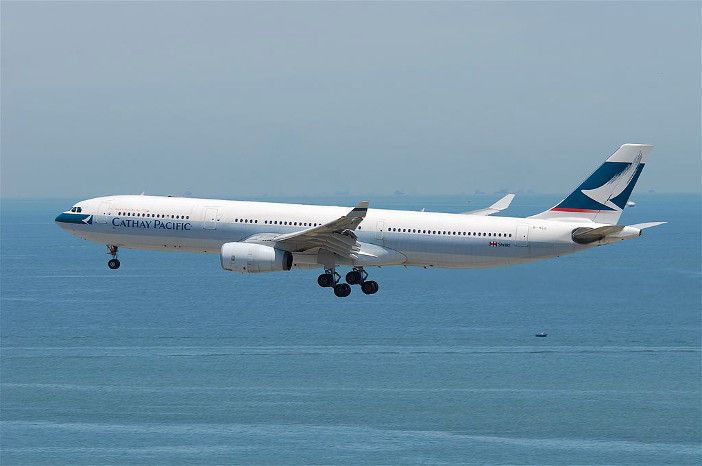A statistical study by an academic from the Massachusetts Institute of Technology has revealed that commercial air travel is safer than it has ever been and 10 times safer than it was forty years ago.
However the study, which was carried out by professor of statistics Arnold Barnett from MIT, also found that the level of risk from air travel is higher in some regions of the world than others.
Barnett used data from sources including the Flight Safety Foundation’s Aviation Safety Network Accident Database. Data from the International Civil Aviation Organization was also used to measure the number of passengers carried, which is now around 4 billion per year.
While Barnett, a leading expert in the field of aviation safety and risk, unsurprisingly found that the absolute numbers of air crashes and fatalities fluctuate from year to year, his study also revealed the progress the aviation industry has made in improving safety.
Between 2008 and 2017, airline passenger fatalities fell significantly compared to the previous decade, as measured per individual passenger boardings. Globally, the rate is now one death per 7.9 million passenger boardings, compared to one death per 2.7 million boardings during the period 1998-2007, and one death per 1.3 million boardings during 1988-1997.
The commercial airline fatality risk was one death per 750,000 boardings during 1978-1987, and one death per 350,000 boardings during 1968-1977.
Barnett said, “The worldwide risk of being killed had been dropping by a factor of two every decade.
“Not only has that continued in the last decade, the latest improvement is closer to a factor of three. The pace of improvement has not slackened at all even as flying has gotten ever safer and further gains become harder to achieve. That is really quite impressive and is important for people to bear in mind.”
The paper, “Aviation Safety: A Whole New World? ” was published online this month in the journal Transportation Science.
The research also reveals that the countries with the lowest-risk airlines are the US, the members of the EU, China, Japan, Canada, Australia, New Zealand, and Israel. The aggregate fatality risk among those nations was one death per 33.1 million passenger boardings during 2008-2017.
For airlines in a second set of countries, which Barnett terms the “advancing” set with an intermediate risk level, the rate is one death per 7.4 million boardings during 2008-2017.
The advancing group comprises of countries that are rapidly industrializing in Asia, South America and the Middle East.
The third and higher risk set of developing countries, which includes countries in Asia, Africa, and Latin America, had a death risk during 2008-2017 which was one per 1.2 million passenger boardings.
“The risk in the higher-risk countries is basically the risk we used to have 40-50 years ago in the safest air-travel countries, Barnett said.
According to the study the two strongest improvers in air travel safety were in China and Eastern Europe.
“Overall flying has gotten safer,” Barnett said. “It’s a factor of 10 safer than it was 40 years ago, although I bet anxiety levels have not gone down that much.
“The risk is so low that being afraid to fly is a little like being afraid to go into the supermarket because the ceiling might collapse.”





